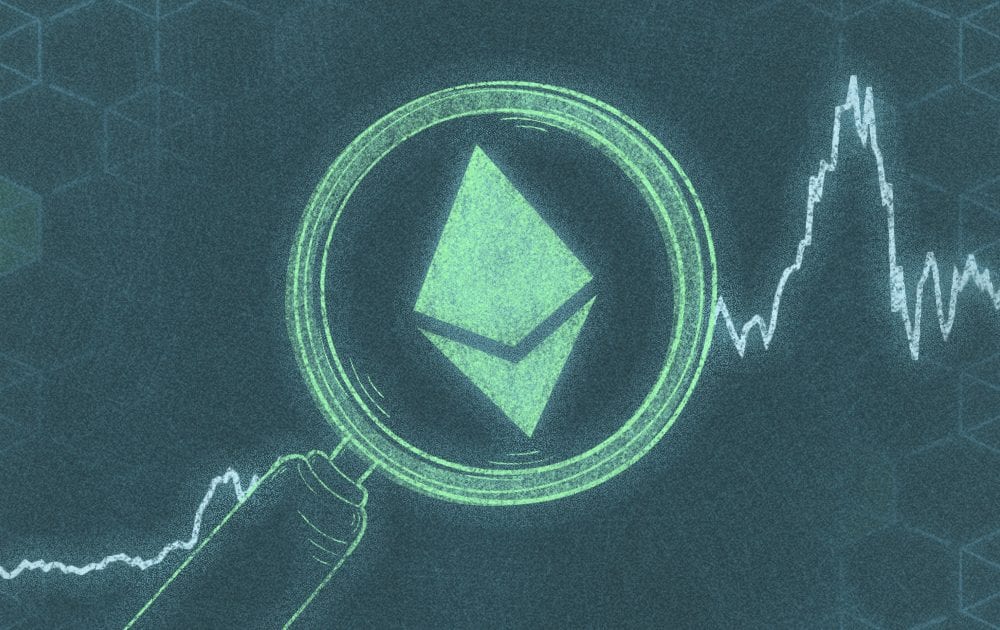Blockchain is a technology that is in talks these days, however there are a lot of questions that everyone has about this technology. In today’s date it is way easier to understand blockchain technology through the availability of information on the internet. In the coming days this technology will become more user friendly in everyone’s lives.
This article will help you understand this technology if you like to invest in futuristic technologies, an analyst, trader, business person or even a tech savvy enthusiast.
What is Blockchain?
Blockchain is basically a highly secured and transparent system of recording information in a way that the said information cannot be changed, edited, hacked, or defrauded. Thus blockchain technology is essentially a ledger of information that is distributed across a network of many computers.
All datas that is saved in the blockchain is end-to-end encrypted and is therefore more secure.
Who Owns Blockchain?
Blockchain is a powerful technology as it is decentralised. This means that no person or entity owns this technology. Data that is there in the blockchain is owned by every member of that blockchain. This blockchain technology gives a more transparent and credible system.
In other words no person owns blockchain technology in person, it is maintained and owned by every member of its users and therefore any person can create a blockchain and run it on the blockchain technology.
What can Blockchain technology be used for?
Blockchain technology can be used for several purposes whether it be for banking or financial services, healthcare service etc this technology can be used as it has far reaching benefits. Lets understand in detail how blockchain technology helps in different sectors.
Blockchain Technology in Banking and Finance
Blockchain is the most prominently used technology in the Banking and financial sector when it comes to digital trust and exchanging money.
When anyone is using traditional banking methods there are chances of knowing some bank personnel or anyone to know about your transactions which could lead to breach of trust. Blockchain steps in to decentralise the banking process and place control of your money in your hands. Blockchain technology can reduce time, friction and streamline processes. With the added security it makes the process more transparent and it makes digital transactions more cheaper for consumers and less vulnerable to cheating and fraud.
Blockchain technologies in healthcare
Healthcare is another high priority and high sensitive area. Blockchain technologies in the healthcare sector can help to overcome the barriers and in streamlining the process. This technology can help in maintaining the patient’s record in amore secure manner. It will increase the care of patients. Everytime, patent moves or changes the doctor history of that patient is required, blockchain technology helps in maintaining that and is more secure for recording of the data.
Blockchain benefits in supply chain management
Blockchain technology can help in maintaining trust between the vendors, or traders by enabling en to end visbiity for increased transparency. Thereby it helps in reducing any error faster and helps in building stronger supply chains.
Type of Blockchains
There are primarily four types of Blockcgains and they are as follows-
Public Blockchain
Public blockchains are available directly to the public as it is a decentralised network. Anyone who wants to become a member of this technology can become one by placing an online request which is as easy as creating an email address on the internet. Those who register become miners, and serve to validate transactions.
Examples of blockchains are Bitcoin, ethereum.
Private Blockchain
Private blockchains are created by one individual or entity and hence is centralised and access is restricted.
Hybrid Blockchains or Consortiums
Consortiums are a combination of public and private blockchains. They contain a mix of centralised and decentralised features. However the difference between these two is very thin and is therefore very difficult to make a difference between these two.
Sidechains
The fourth type of blockchain is the sidechain. It is parallel to the main chain; it allows its users to move digital assets to and from different blockchains to improve efficiency and scalability.
Conclusion
Hopefully this article helps you to understand blockchain technology in a better way. Blockchain is basically a type of secured database that has vast applications in various industries. As digital transaction threats and cyber frauds are increasing in the world economy, blockchains helps in giving more secure way to protect your information and data across industries.




